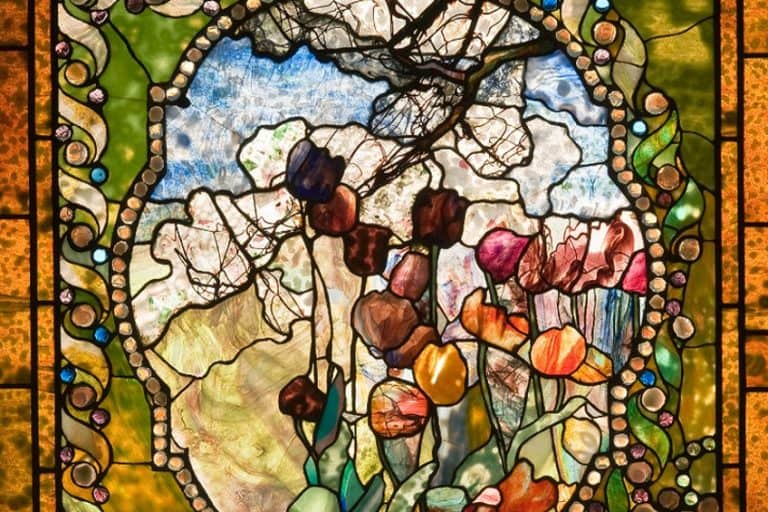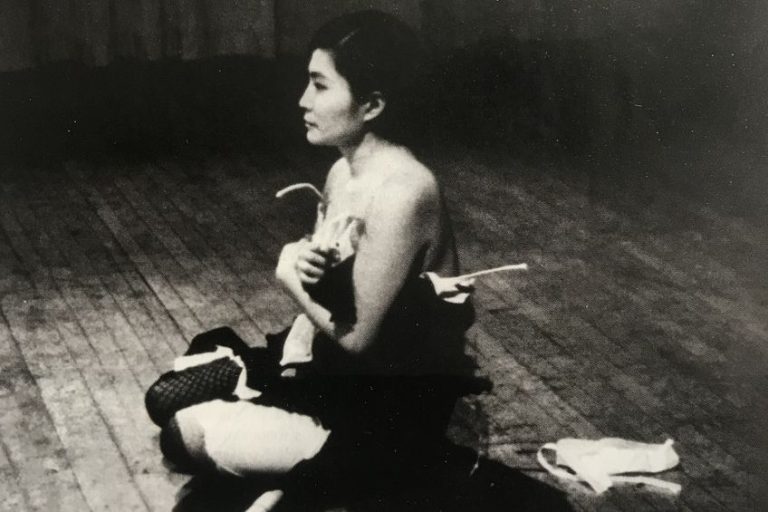Julian Opie – Graphic Minimalism in Contemporary Art
Julian Opie, a contemporary British artist born in 1958, is celebrated for his distinctive style that merges minimalist forms with digital aesthetics. Known for his portraits, landscapes, and urban scenes, Opie’s work often features bold outlines, simplified shapes, and vibrant colors, creating a visual language that is both modern and accessible. His use of technology, including computer software and LED screens, adds a contemporary twist to traditional artistic themes, reflecting the intersection of art and technology in the 21st century. Opie’s innovative approach to art has garnered international acclaim, making him a prominent figure in the contemporary art world.
Key Takeaways
- Julian Opie is renowned for his graphic style and innovative use of media in contemporary art.
- He is a British artist who has extensively exhibited and contributed to public art.
- Opie’s artwork, which includes painting and sculpture, carries a significant impact in current artistic discourse.
Biography and Artistic Development
| Birth | 1958 |
| Death | Present |
| Place of Birth | London, United Kingdom |
| Genre of Work | Painting and sculpture |
Julian Opie is a prominent British artist recognized for his distinctive approach to portraiture and depiction of figures. His work, often simplified to basic lines and blocks of color, carries a visual immediacy that firmly roots his style in the contemporary art scene. Since graduating from Goldsmiths, University of London, where he received his formal training under Michael Craig-Martin, Opie’s art has grown to encompass a variety of media, including painting and sculpture, as well as film and digital technology.

His pieces are characterized by their reductive, playful representations, which reflect his interest in the modern world while signaling influence from both pop art and classical portraiture. Widely known for public art commissions and gallery exhibitions, Opie’s art reaches a diverse audience, extending the traditional boundaries of a gallery setting. Born in London in 1958, Julian Opie grew up in Oxford. His early educational pursuits included time at The Dragon School followed by Magdalen College School in Oxford. In 1982, he completed his education at Goldsmiths, University of London, an institution known for its innovative approach to art. Here, he was mentored by Michael Craig-Martin, a pivotal figure in fostering Opie’s early development.
Influences and Evolution of Style
Opie’s style is informed by a mix of contemporary visual culture and the distillation of images to their fundamental features. His artwork, aligning with the New British Sculpture movement, adapts modern materials and technology, reflecting a clear and bold visual language.
Through the guidance of Michael Craig-Martin, Opie developed an art style that engages with Pop Art traditions while embracing a modern digital approach.
Notable Periods and Shifts in Artistic Focus
Julian Opie has experienced significant periods where his work underwent conceptual and aesthetic shifts. Post-graduation, his bold and straightforward interpretations of art history indicated a playful yet earnest interrogation of classical and modern art. Over time, his focus shifted to creating digital and sculptural works that leverage minimalistic lines and color planes, encapsulating his subjects’ essence with economy and precision.

Current Career
As of the information available, Julian Opie lives and works in London. His career continues to flourish with exhibitions across international venues, showcasing his adaptability and relevance in the contemporary art scene.
Opie’s work remains influential and is featured in notable public collections and museums worldwide, maintaining his position as a significant figure in the current dialogue of British and global art.
Key Works and Techniques
Julian Opie’s art stands out for its minimalist approach and its focus on modern life, utilizing various media ranging from LED screens to steel sculptures. His works are iconic in their simplicity, effectively exploring themes of human presence and motion.

Signature Portraits
Opie’s portraits are instantly recognizable, characterized by bold outlines, flat fills of color, and the lack of facial details, reminiscent of pictograms. He often creates these portraits using computer-aided design (CAD) programs, which allow for a streamlined representation of individuals.
A prominent example of his portraiture work can be seen on the album cover of Blur’s Best of compilation, where he employs his signature style to depict the band members.
Multimedia and Digital Art
Opie’s mastery extends into digital art and LED displays to convey movement and narrative, creating hypnotic experiences for viewers. One such work was for U2’s Vertigo world tour, where LED screens were used effectively to complement the music and create a dynamic visual component. He has also explored film as a medium, creating moving images that continue his exploration of pedestrian activity and daily life. These works often diverge into landscapes that retain his style of strong outlines and reduced detail, facilitating a compelling interplay between motion and stillness.
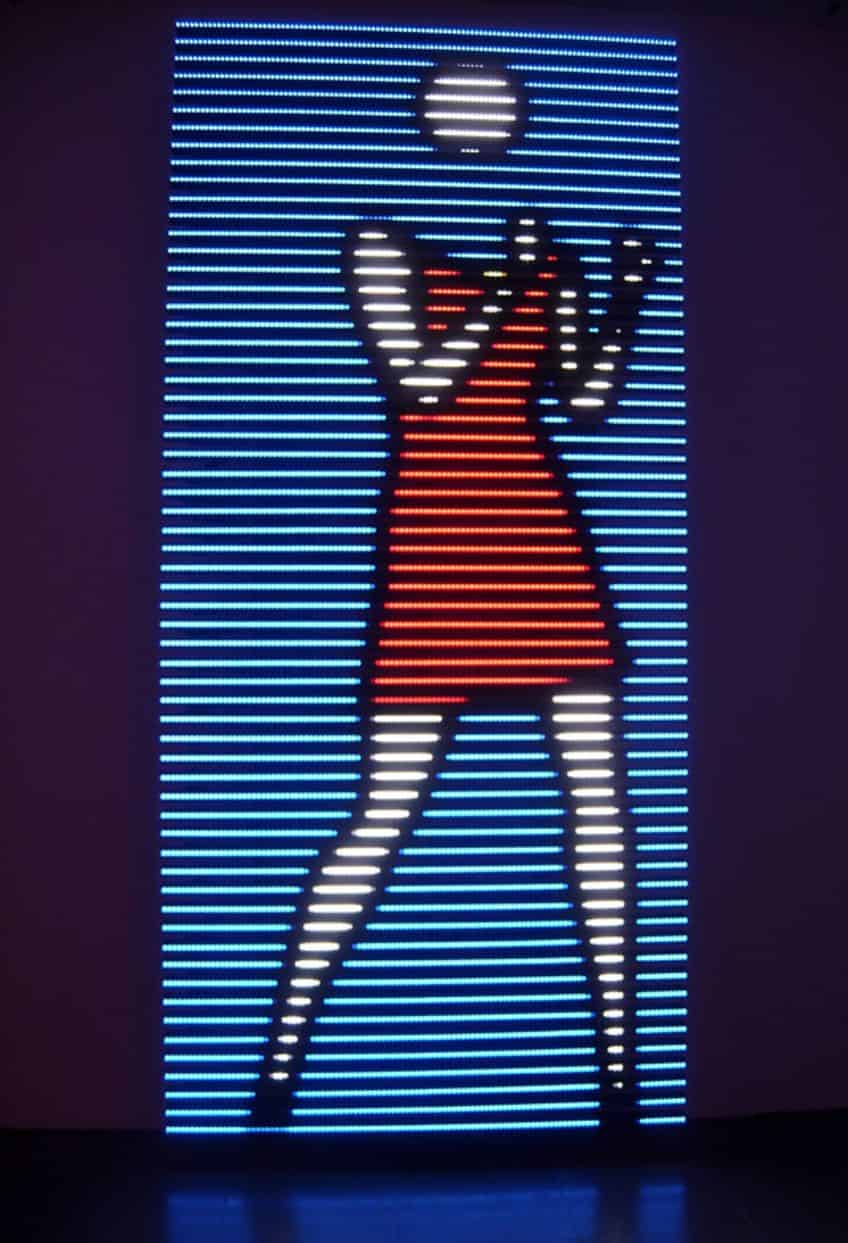
Sculpture and Installation Works
Opie has developed a robust body of sculpture work, often rendered in steel that reflects his unique aesthetic language. He has produced sculptures displaying walking figures, employed not only as gallery pieces but also as public art installations, like those in Indianapolis.
His work at The Lindo Wing in London includes a diverse array of materials and structures, including steel sculptures, contributing to his reputation for blending contemporary technology with historical art motifs.
Exhibitions and Collections
The breadth and scope of Julian Opie’s career are evidenced by his robust exhibition history and the esteemed collections in which his work is featured.
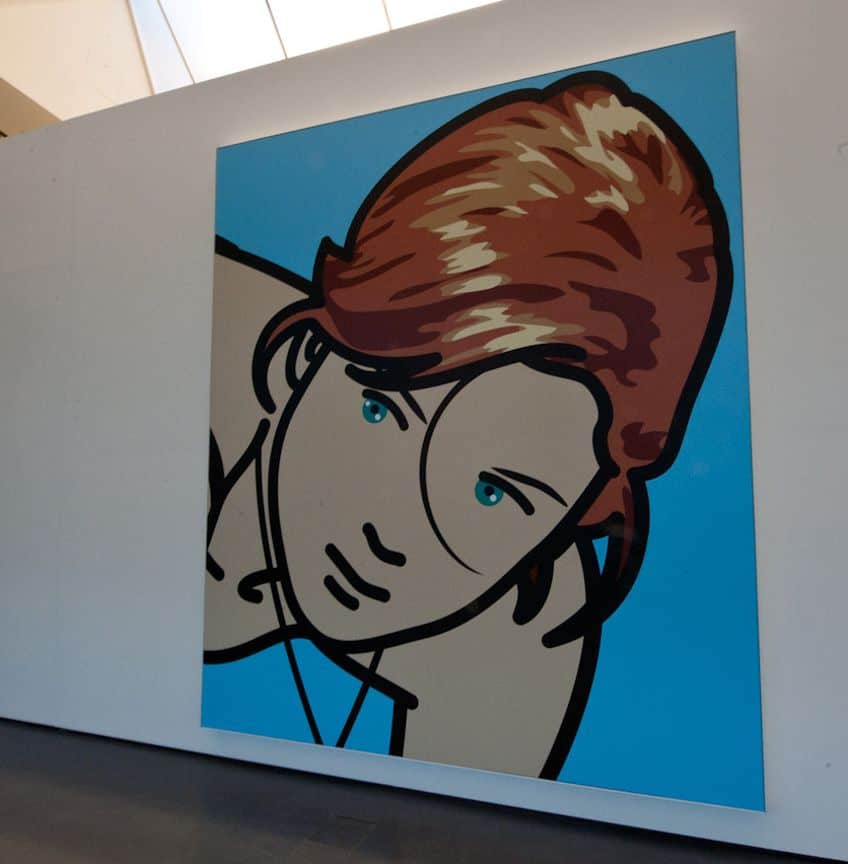
Solo and Group Exhibitions
Julian Opie has been a prominent figure in contemporary art with a history of exhibitions in prestigious venues worldwide. Solo exhibitions of his work have been held at institutions such as the National Portrait Gallery in London and the ICA Boston, revealing his influence in both the UK and abroad.
Moreover, Opie’s ability to captivate audiences across the globe is reflected in his participation in group exhibitions in locations like Tokyo and Zürich, which showcase the international appeal of his art.
Public and Private Collections
Opie’s artworks have become a mainstay in both public and private collections around the world. His pieces are held by the Tate in London, signifying an acknowledgment from one of the leading contemporary art institutions. Further affirming his significance, the Museum of Modern Art in Vienna houses Opie’s work, indicating the artist’s cross-European resonance. Additionally, his innovative public projects have been integrated into urban spaces, marking his impact beyond the traditional exhibition settings.

Global Presence
The global presence of Julian Opie’s art is substantial. Albums have featured his distinctive aesthetic, indicating his crossover appeal into popular culture. His artwork is also accessible through the British Council’s collection, which supports the international understanding of British art. Furthermore, he has seen engagement in North American cities such as New York and Calgary, evidencing his transatlantic reach.
His commercial ventures, such as the shop offering reproductions and merchandise, have increased his visibility and broadened his audience.
Artistic Impact and Legacy
Julian Opie’s work has significantly shaped contemporary visual culture. His art stands out for its distinctive stylization and traverses various mediums.

Influence on Contemporary Art
The influence of Julian Opie on contemporary art is evident. Opie’s approach to art, with its clear and bold lines, colors, and forms, mirrors aesthetic principles often associated with pop art and extends them into the digital age. His work establishes a bridge between representation and abstraction, influencing artists globally as they explore the intersection of human perception and artistic depiction.
By simplifying complex landscapes and figures into essential forms, Opie has nurtured a visual language that resonates with a generation steeped in digital imagery and public signage.
Role in Public Spaces
Opie’s art is not confined to galleries; it actively engages with public spaces. His creations have been displayed in contexts as diverse as city streets and hospitals, reflecting a consideration for art’s role outside traditional venues. The integration of LED technology allows Opie to bring dynamic movement to public installations, which often serve as landmarks and gathering points. The New British Sculpture movement, with which he is associated alongside artists like Anish Kapoor and Tony Cragg, advocates for a more engaged and accessible form of sculpture — a mission Opie furthers through his public works.
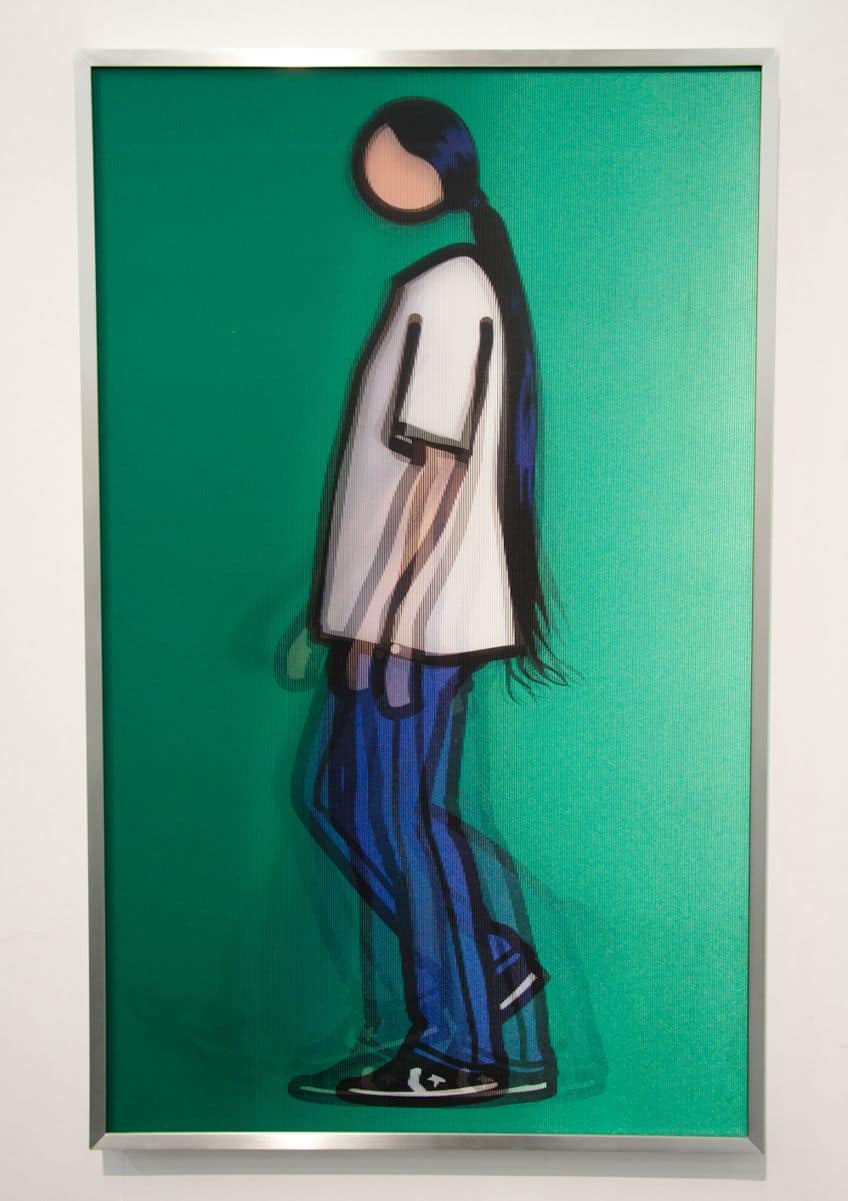
Recognition and Reception
The reception of Julian Opie’s work across the art world is characterized by recognition and accolades. His unique visual style has been celebrated in numerous exhibitions worldwide, ensuring his place as a significant figure in contemporary art. Opie’s method of redefining everyday landscapes and human subjects through a minimalist lens offers a fresh perspective that appeals to a broad audience. This appeal is reinforced through his wide-ranging use of mediums — from paintings to digital installations — that respond to changing technologies and viewer experiences.
The critical and public reception of his work confirms the important role he plays in shaping modern visual culture.
Julian Opie Today
Julian Opie remains a prominent figure in the contemporary art scene. His distinctive style, recognized for its minimal lines and basic colors, continues to make him a key figure in the world of modern art. Opie has stayed active by both displaying his work and producing new pieces. Recently, he was involved in a show at the Lisson Gallery in London, which suggests an ongoing collaboration with the venue that’s spanned much of his career. This relationship underlines the gallery’s commitment to showcasing his evolving work to both new and loyal audiences.

His artworks maintain relevance due to their engagement with everyday life and the way he challenges our perceptions. Through his art, Opie invites viewers to contemplate on how we interpret and understand the world around us—how shapes, colors, and simplified forms convey complex narratives. The artist’s work today extends across various mediums, including painting, sculpture, and film. Renowned for adapting his artwork for public installations as well, Opie continues to explore different canvases and settings for his work, from gallery walls to digital screens in urban landscapes. He contributes consistently to the dialogue on how art interacts with public spaces and everyday life, asserting his influence on both the art world and the broader cultural context in which we live.
Julian Opie’s contributions to contemporary art are profound and far-reaching. Through his unique blend of minimalist aesthetics and digital innovation, Opie has redefined the boundaries of artistic expression in the modern era. His ability to capture the essence of subjects with simplified yet evocative forms has made his work instantly recognizable and widely appreciated. Whether through his iconic portraits, dynamic landscapes, or engaging installations, Opie continues to inspire audiences and provoke thought about the evolving nature of art in a technologically driven world.
Frequently Asked Questions
What Are the Characteristics of Julian Opie’s Artwork?
Julian Opie’s artwork is recognizable by its minimalistic approach, employing a distinctive linear style that simplifies figures and objects to their essential forms. His use of contemporary materials and flat planes of color has become a hallmark of his style.
How Has Julian Opie Contributed to the Pop Art Movement?
Although Julian Opie emerged after the heyday of Pop Art, he has contributed to its legacy by incorporating everyday imagery and commercial aesthetics into his work. He uses simplified forms reminiscent of symbols and signage that reflect the movement’s fascination with popular culture.
What Techniques Are Commonly Employed by Julian Opie in His Creative Process?
In his creative process, Julian Opie commonly utilizes digital techniques to distill photographs into basic outlines and blocks of color. He often explores the interplay between two-dimensional and three-dimensional spaces, combining technology with traditional mediums like painting and sculpture.
Isabella studied at the University of Cape Town in South Africa and graduated with a Bachelor of Arts majoring in English Literature & Language and Psychology. Throughout her undergraduate years, she took Art History as an additional subject and absolutely loved it. Building on from her art history knowledge that began in high school, art has always been a particular area of fascination for her. From learning about artworks previously unknown to her, or sharpening her existing understanding of specific works, the ability to continue learning within this interesting sphere excites her greatly.
Her focal points of interest in art history encompass profiling specific artists and art movements, as it is these areas where she is able to really dig deep into the rich narrative of the art world. Additionally, she particularly enjoys exploring the different artistic styles of the 20th century, as well as the important impact that female artists have had on the development of art history.
Learn more about Isabella Meyer and the Art in Context Team.
Cite this Article
Isabella, Meyer, “Julian Opie – Graphic Minimalism in Contemporary Art.” Art in Context. May 10, 2024. URL: https://artincontext.org/julian-opie/
Meyer, I. (2024, 10 May). Julian Opie – Graphic Minimalism in Contemporary Art. Art in Context. https://artincontext.org/julian-opie/
Meyer, Isabella. “Julian Opie – Graphic Minimalism in Contemporary Art.” Art in Context, May 10, 2024. https://artincontext.org/julian-opie/.




